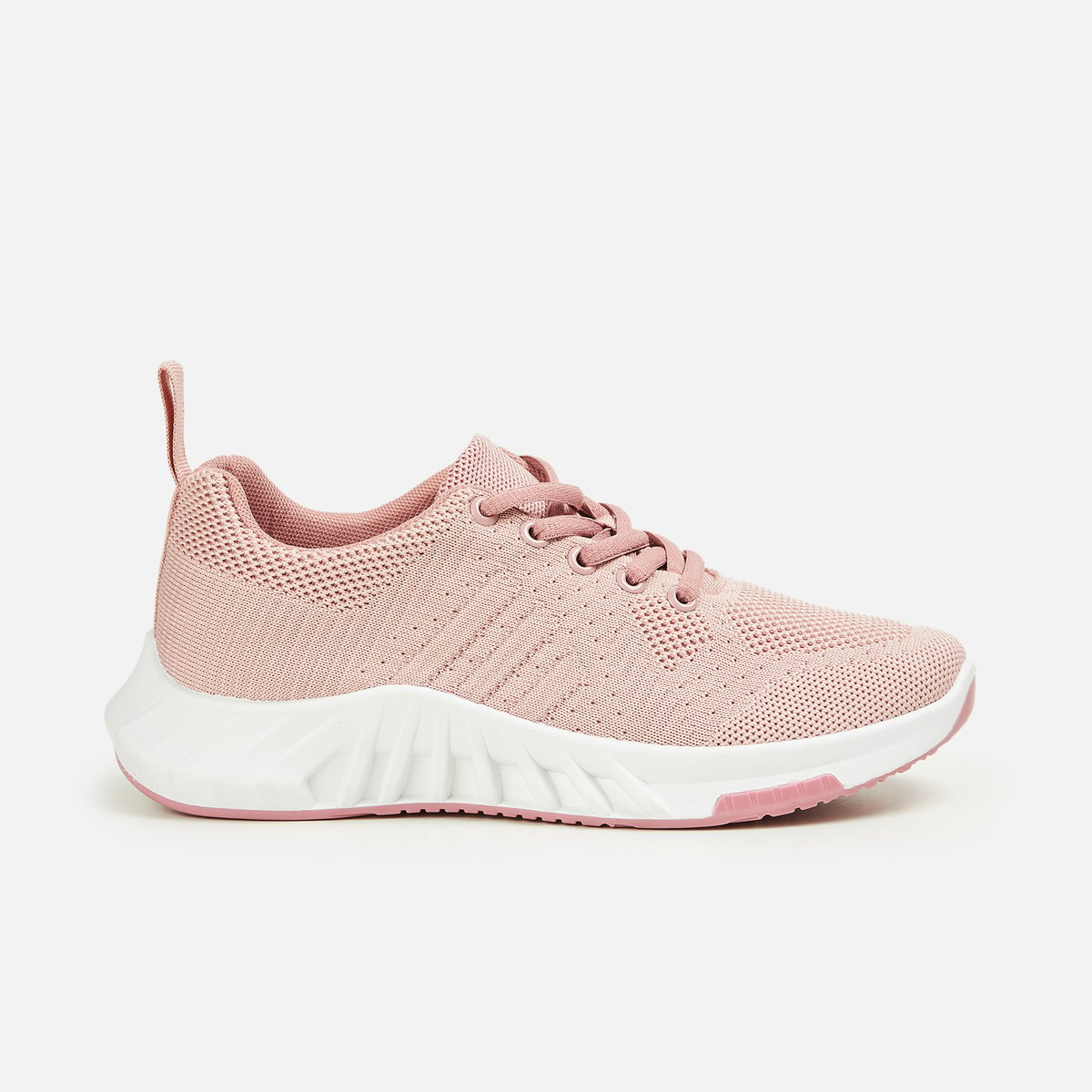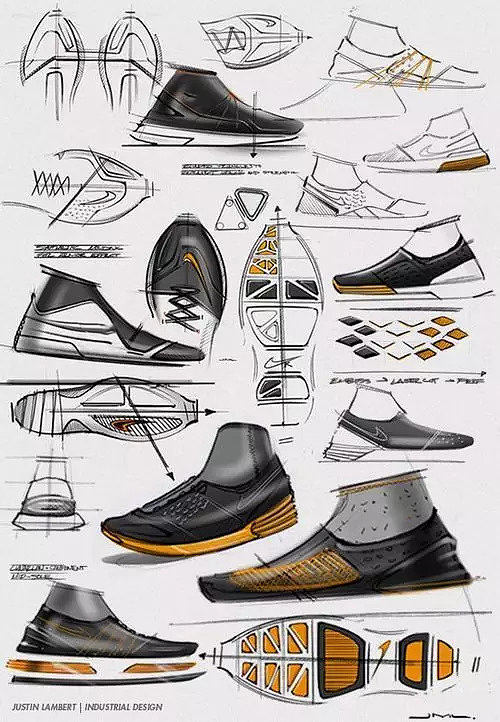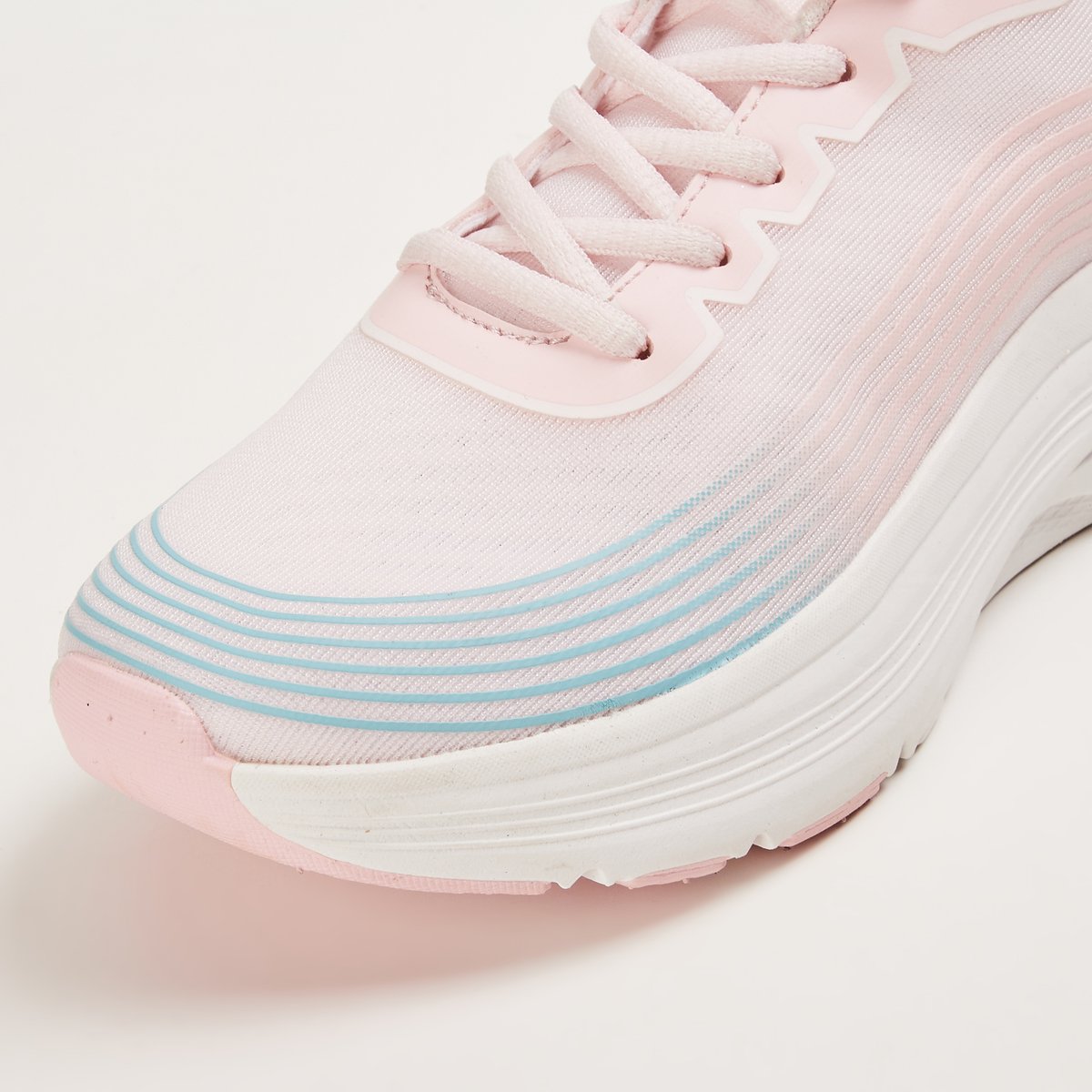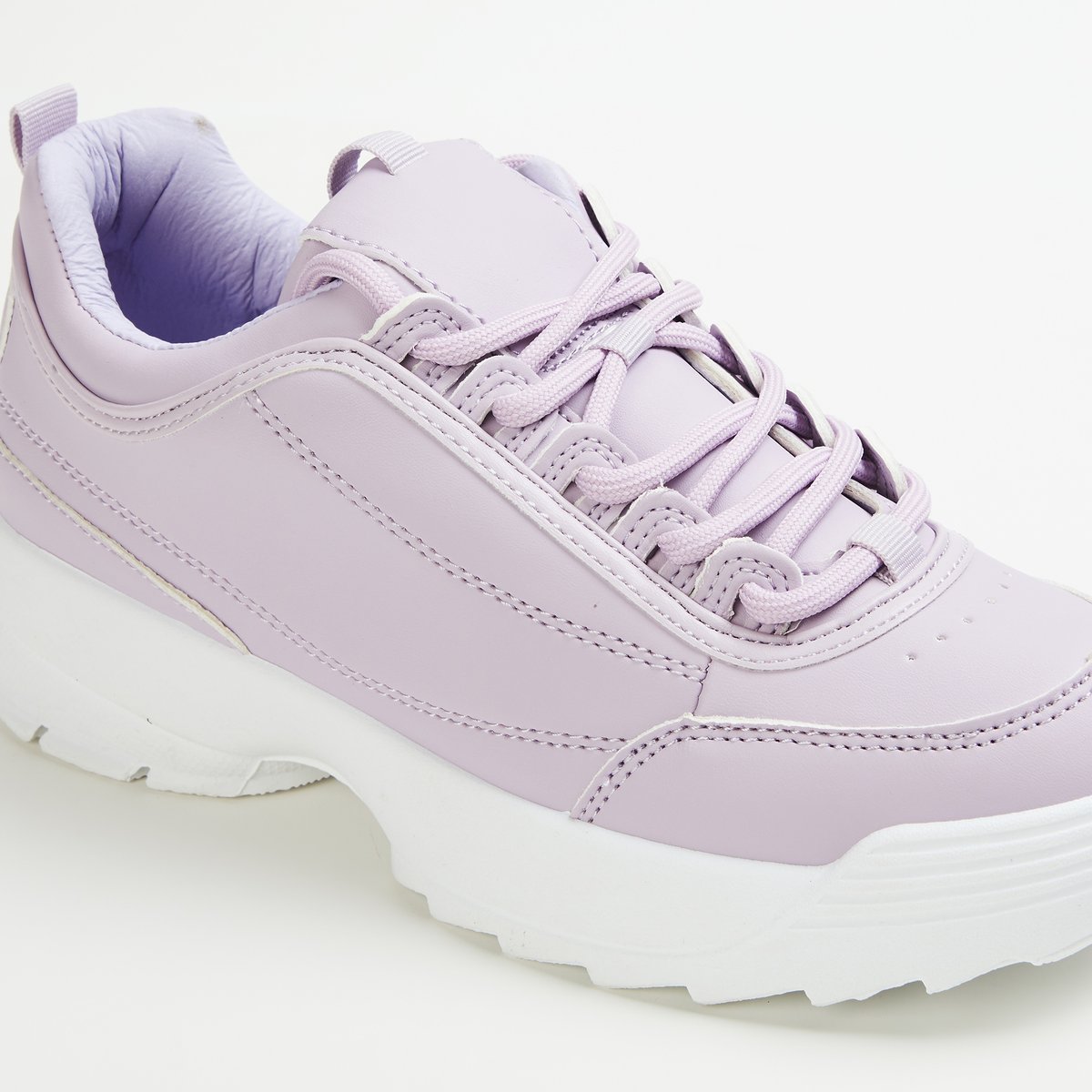Comfort is a key factor in choosing the right pair of sports shoes. Whether you are a shoe store or shoe company, or simply looking for a comfortable pair of shoes for everyday use, here are some factors that you should consider when purchasing a sports shoe .Myway —- a professional shoe factory.
Air Permeability
Air permeability is a crucial factor that determines the comfort of sports shoes. Shoes that don’t allow adequate air circulation inside the foot are highly uncomfortable, and they also promote bad odors caused by sweat. Therefore, shoe designers should aim to select materials that have strong air permeability.
One way to enhance air permeability is by designing ventilation devices. Holes can be created at different parts of the shoe to enhance airflow, while an air duct can be installed to enable gas inside the shoe to pass through the tube for proper breathing. As such, the use of shoes with brushed upper surfaces can lead to a 30% reduction in air permeability.
Water Permeability
Water permeability is another factor to consider when purchasing sports shoes. For non-water sports, the shoe cavity should have good drainage and perspiration capabilities. For water sports, on the other hand, the external water penetration into the shoe cavity should be as minimal as possible.
It’s important for the water permeability to be one directional, meaning that the permeability inside the cavity should be relatively high, while the permeability of external and internal parts should be low.
Warmth Retention
The ability of a shoe to retain heat is an essential comfort factor. Key parameters that impact the weight of sports shoes include the thermal conductivity rate of the shoe material, the weaving structure (density) of the shoe material, the external temperature, and the structural characteristics of the shoe. Typically, if the temperature of the shoe cavity is lower than 15°C, the feet will feel uncomfortable.
Lightweight
When considering sports shoes, the weight is also an essential factor that affects comfort. Studies show that when the weight of shoes increases by 1%, people’s physical energy consumption will range from 3% to 10%. A heavier shoe contributes to fatigue and can significantly lower comfort levels.
Flexibility and Hardness Inside the Shoe
The flexibility or hardness of the shoe interior is a crucial physical property of the shoe lining and insole. When selecting materials, it is vital to consider the hardness or softness of the material. Soft materials have good deformation properties under force. If the deformation requirements match the foot structure, they provide exceptional comfort.
The recovery or elasticity of the material is equally important. If there is a large difference between the shoe cavity space and foot structure after deformation, it can lead to discomfort.
Rationality and Comfort of Sports Shoes: A Comprehensive Discussion
As a shoe designer and shoe factory owner, the right pair of shoes is critical for optimal performance and injury prevention. However, with so many shoe options on the market, finding the perfect fit can be challenging. Fortunately, advances in technology and design have made it easier to customize sneakers and improved their comfort and performance.
A key factor to consider is the rationality of the spatial structure. The space inside the shoe must be consistent with the physical arrangement, structural design, and physical activity space of the human foot. The physical arrangement of the shoe depends on the last body and should conform to the basic shape of the human foot. The deformability of physical motion and the degree of recovery after deformation should also be considered in the design. Other factors that affect the spatial structure of a shoe include deformability, stretch, and aging (hardening or softening) of the cavity structure.
Designing for comfort is another important aspect of sneakers. Fit is the number one priority in comfort design, and while many efforts have been made to improve shoe fit, the results are not always satisfactory. Consumers often report that it is difficult to find sneakers that fit well and are comfortable, as the design and production process follows a pre-designed last with little room for customization. In order to solve this problem, the shoe industry is moving toward customization, which requires sports shoes to be able to adapt to the needs of different consumers.
To achieve a custom fit, athletic shoe design is evolving in two directions: adjustable mechanisms and stretchable materials that change in structural design. Some well-known sports shoe companies have developed adjustable mechanism devices, which have received a positive response in the market. These adjustable mechanisms allow consumers to adjust the tension or tightness according to their needs and preferences.
An example of an adjustable mechanism is the inflation adjustment system developed by Reebok. The inflation adjustment system features different types of inflating and deflated air cells and sole and tongue inflation adjustments that provide support, stability and cushioning. An integrated inflatable adjustment on the outer upper surface allows for more lateral movement in the heel than in traditional sneakers without sacrificing support and stability. The inflatable adjustment device on the middle and back prevents the possible loosening of the heel and ankle, and the inflatable adjustment device on the tongue and heel cover helps to adjust the tightness of the tarsal surface and adapt to the movement of the ankle joint.
Variations in stretchable materials and structural designs are another way to achieve a custom fit. The use of stretchable materials such as a knitted upper allows for flexibility in the fit while maintaining support and stability. Variations in structural design can also provide customization options such as removable insoles or unique lacing systems to accommodate different foot shapes and preferences.
Collaboration between footwear companies and consumers is also critical to achieving the perfect sneaker fit. Through feedback and communication, shoe companies can better understand the needs and preferences of consumers, so as to develop better and more customized sports shoes. As consumers, we must communicate our preferences and feedback to shoe companies to help them improve the products they offer.
In summary, creating a sneaker with a reasonable spatial structure and a custom fit is critical for comfort and performance. The use of adjustable mechanisms, stretchable materials and structural design changes, coupled with collaboration between shoe companies and consumers, can help achieve the perfect fit for every athlete and sports enthusiast. As technology and design continue to improve, we can expect more comfortable and personalized sneakers in the future.
What needs to be overcome is that most athletic shoes only focus on the variation of fit size and length, ignoring the width of the heel and the circumference of the forefoot and instep. The inflation adjustment system can freely adjust the circumference and width under the wrong inflation and deflation device, so that consumers can get the best fit.
Customized Fit in Sports Shoes Design
As athletes, we all know how important it is to have a comfortable and well-fitted pair of sports shoes. Not only does it affect our performance, but it also plays a crucial role in avoiding injuries and providing proper support and stability. Thanks to the advancement in technology and materials, it’s now possible to design and manufacture sports shoes that can be customized to fit the individual needs of different users. In this blog, we will explore some of the ways in which sports shoe designers have achieved customized fit.
The Torsion Adjustment System
One of the most innovative ways to achieve customized fit is through the torsion adjustment system. This system involves placing an “air pillow” between the upper and inner interlayer and designing a butterfly-shaped adjustment button on the back heel. This button can be used to adjust the flow of air from the back heel to the tongue to achieve the desired fit for each user. This system provides the most appropriate fit according to individual needs and provides the best support stability and bending effect.
The Disc System
Another innovative system for customized fit is the disc system. This system involves a planetary gear set and super-strength rope system and works with four “stabilizers” instead of the shoelace system. The disc system has a fine-tuning effect and can adjust the tension of the upper surface according to the foot shape and exercise needs of different users.
The Air Cushion Fit System
The air cushion fit system involves placing a device at the heel opening of the high-top sports shoes. When the foot bends, this inflatable device makes the heel come into contact with the insole and the middle insert stably and snugly, providing support and stability in three directions above, below and behind the ankle joint.
Girth Adjustment Device
In addition to the adjustable mechanism, designers have also created a practical way to choose multiple degrees of circumference (fat) to meet the requirements of customized fit. Consumers can be provided with more circumference choices, and various companies have designed and manufactured a variety of circumference sports shoes for consumers to choose from. Providing a variety of girth options is the easiest way to achieve the ideal custom fit.
Stretchable Surface Materials
Designers also use high elastic and stretchable materials such as neoprene and Lycra as the upper surface of sports shoes. This new upper design offers the comfort of a slipper and the fit of a glove. Because the material used has good stretchability, good air permeability and light weight, it can fully meet the contours and sizes of different foot shapes and sizes of consumer teachers, and it just meets the requirements of custom-made fit. The use of highly stretchable material allows sports shoes to be designed to have multiple functions such as volleyball, tennis, and pelota.
Structural Design of Upper Surface
The structural design of the upper surface of sports shoes also plays a crucial role in achieving customized fit. Two leather reinforcement strips are used to make the upper surface go around the inner and outer sides of the ankle joint, along with the specially designed tongue, and finally fixed on both sides of the heel. Consumers can adjust the fit of the sneakers according to their personal needs, so that the feet can be firmly fixed in the shoes and avoid sports injuries such as ankle sprains.
Conclusion
In conclusion, customized fit is crucial when it comes to sports shoe design. Different users have different needs, and designers have found innovative ways to cater to those needs. The above examples highlight some of the ways in which designers have achieved customizable fit in sports shoes. While it is true that a set of specific indicators and standard systems for measuring comfort have not been established, designers continue to work towards creating better and more comfortable shoes for athletes around the world. As a professional shoe-making company, we at myway shoes factory have always placed the customer experience at the forefront of our business and will continue to manufacture comfortable shoes for our valued customers.









